Learn the pros, cons and safe ways to remove meat products from your diet
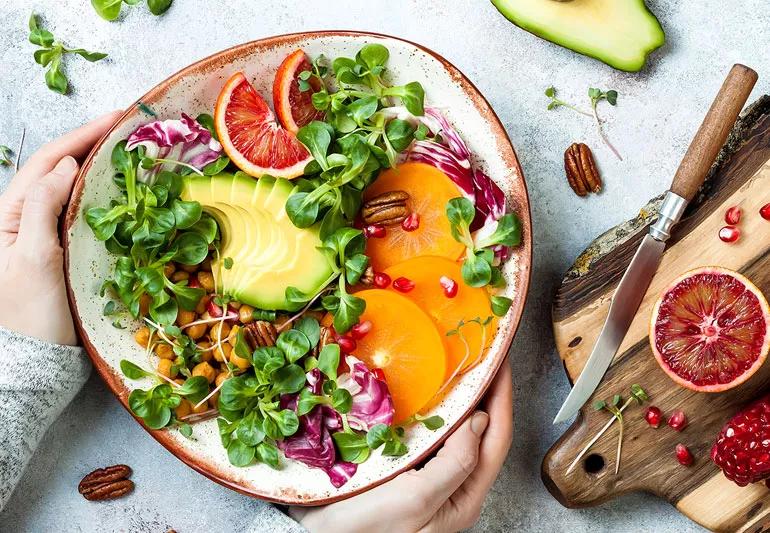
Thinking about trying out a plant-based diet and want to know more? Here, dietitians Kate Patton, MEd, RD, CSSD, LD, and Julia Zumpano, RD, LD, explore some details that can help you decide if it’s right for you — and if so, how to jump right in.
Advertisement
Cleveland Clinic is a non-profit academic medical center. Advertising on our site helps support our mission. We do not endorse non-Cleveland Clinic products or services. Policy
These vegan-like diets eliminate all animal products, including meat, poultry, fish, eggs, dairy and honey. As the name suggests, everything you eat — including whole grains, fruits, vegetables, legumes, nuts and seeds — is derived from plants.
Research reflects that following a plant-based diet has significant health benefits as long as you do it correctly.
“No matter when you start, a diet that is focused on plant foods will help you work toward the prevention of many illnesses and feeling better overall,” Zumpano says.
If followed properly, a whole foods, plant-based diet limits the use of oils, added sugars and processed foods, leaving only whole foods to provide nutrition. This maximizes nutrient intake and virtually eliminates foods that can lead to poor health outcomes.
These diets are low in saturated fat, free of cholesterol, and rich in fiber, vitamins, minerals and antioxidants.
Research also reveals that following this type of diet will lower your risks of:
Studies also show that a plant-based diet can help to lower body weight and reduce your LDL cholesterol.
Following a plant-based diet means saying goodbye to all animal products — including lean meat and dairy products such as milk, yogurt, cheese and ice cream.
Advertisement
“That’s easier said than done for many of us,” Patton says. “But when you have the right guidelines and wrap in changes over time, replacing animal products in your diet is possible.”
Another thing to note — if you don’t plan your plant-based diet correctly, you may not meet all your protein, vitamin and mineral needs. And you won’t feel or look your best if you develop a nutritional deficiency. But there are easy ways to make sure you’re getting the nutrients you need.
You’ll want to make sure that your diet includes enough protein to maintain muscle mass, strong bones and healthy skin. The following foods are packed with protein:
You’ll also need to get adequate calcium and vitamin D in your diet to ensure healthy bones. This won’t be difficult if you:
You’ll also need enough zinc in your diet to support a healthy immune system, enough iron to maintain energy and immunity and enough vitamin B12 to produce red blood cells and prevent anemia. This means you’ll want to:
“To start your plant-based diet, keep it simple. Begin by cutting out one animal product at a time,” Patton says.
Be sure to include all four food groups at each meal — plant protein, fruit, vegetables and whole grain — as shown in the following sample menu.
Advertisement
Dairy free yogurt or kefir.
1 apple with 1 tablespoon of natural peanut butter.
Tofu stir fry with brown rice and choice of veggies — snap peas, carrots, onions, broccoli, spinach, water chestnuts and/or sliced almonds, sautéed in vegetable broth or 1 tablespoon of olive, canola, sesame or peanut oil.
½ cup of sorbet topped with 1 cup tropical fruit salad — mango, pineapple and melon.
“Once you begin, in time you’ll fill your kitchen with what you need and will get easier every day. A plant-based diet may seem restrictive, but you can look at it as a simpler way of eating,” Zumpano says.
Advertisement
Learn more about our editorial process.
Advertisement
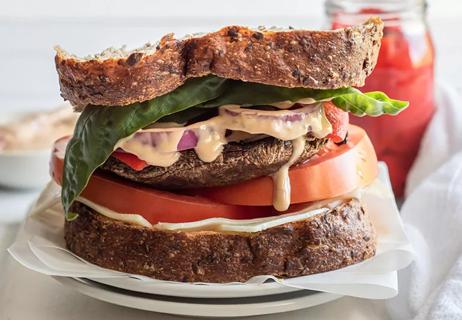
A satisfying veggie option with a kick
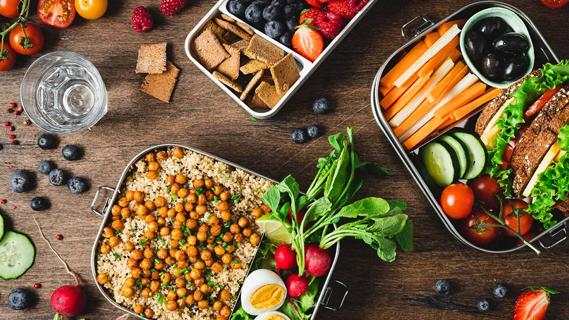
No more scrambling to figure out what to eat during your busy week
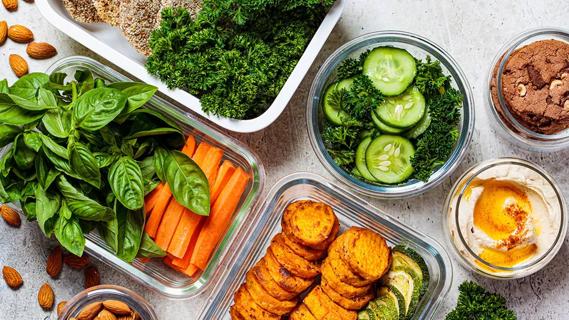
Set yourself up for success by carefully choosing your recipes, storage containers and prepping day
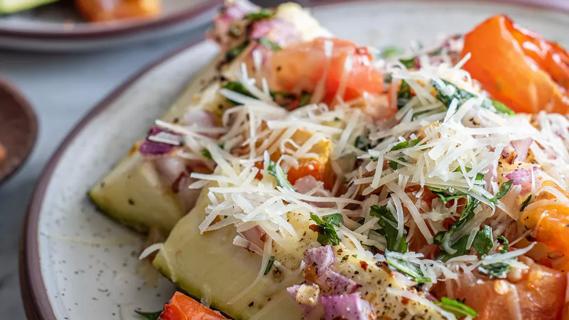
A colorful side dish to brighten any meal
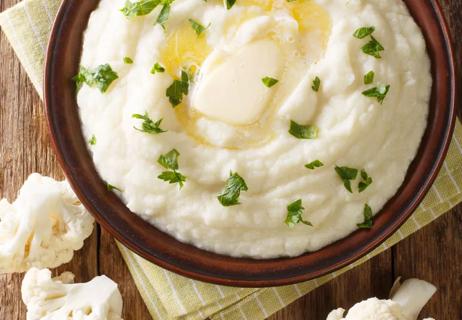
A creamy mashed cauliflower that’s sure to please
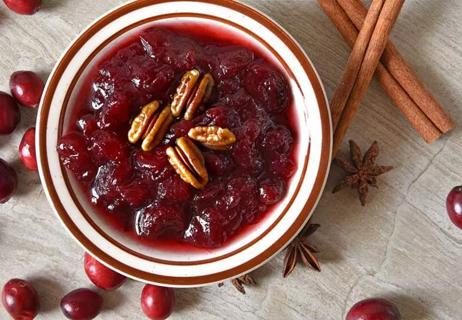
Impress your Thanksgiving guests with this homemade treat!

These breaks may have some benefits — but they promote an unhealthy attitude toward food
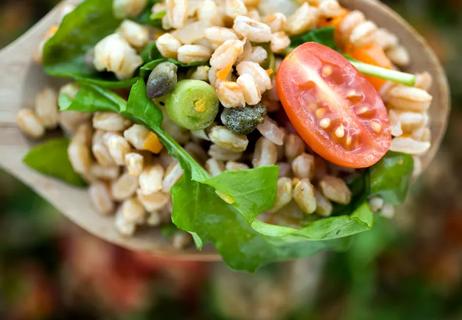
Type 2 diabetes isn’t inevitable with these dietary changes

Applying a hot or cold compress can help with pain